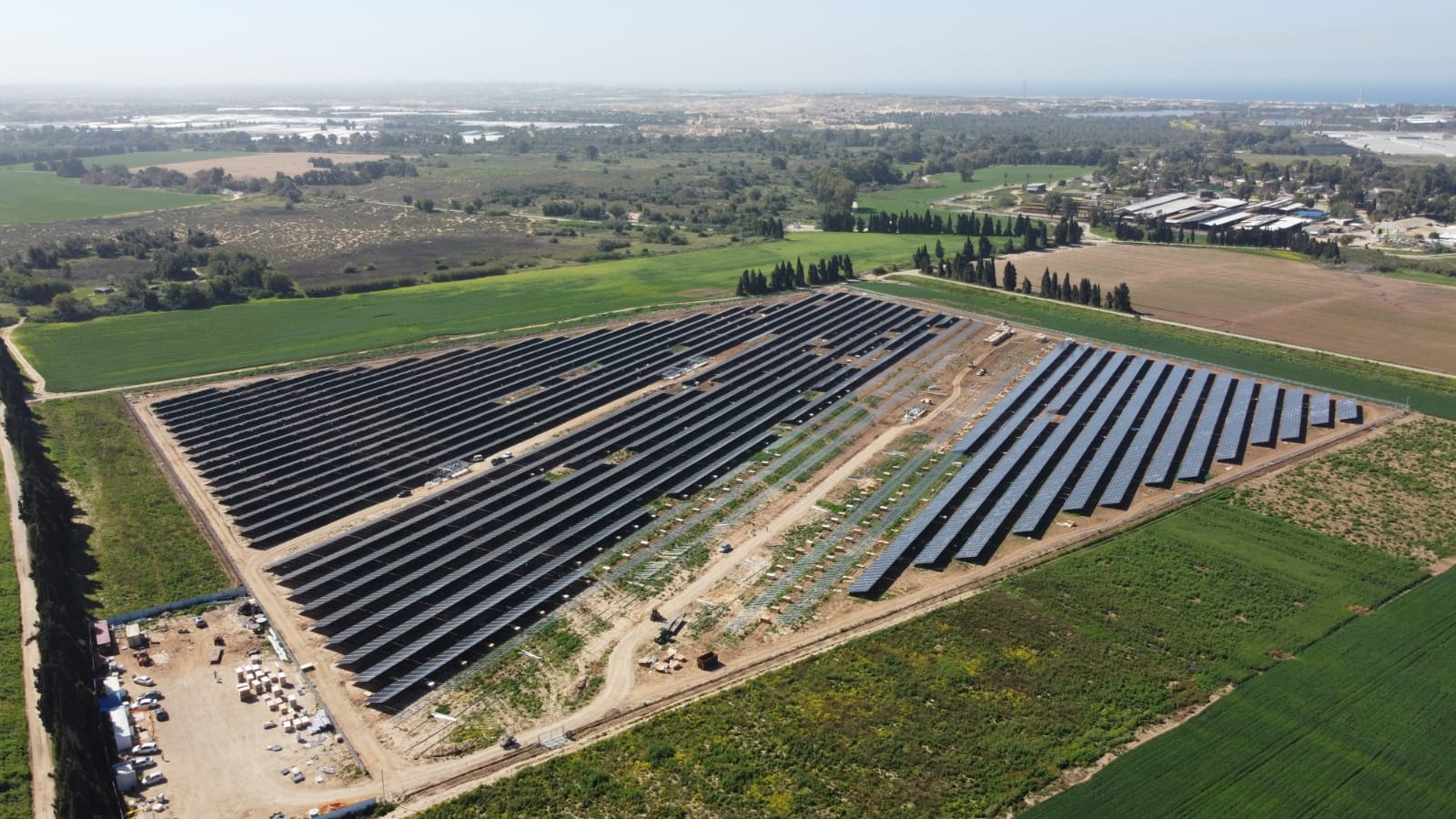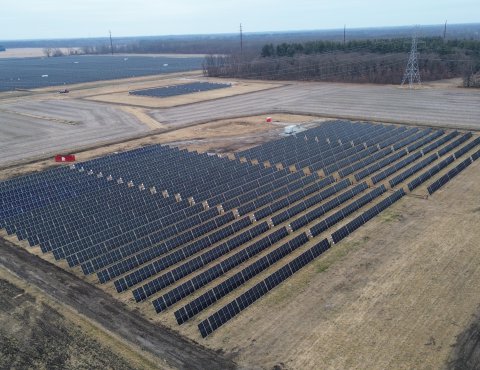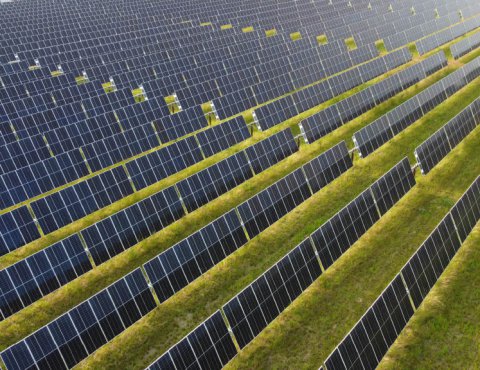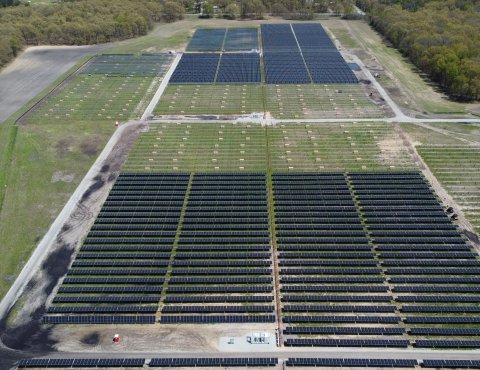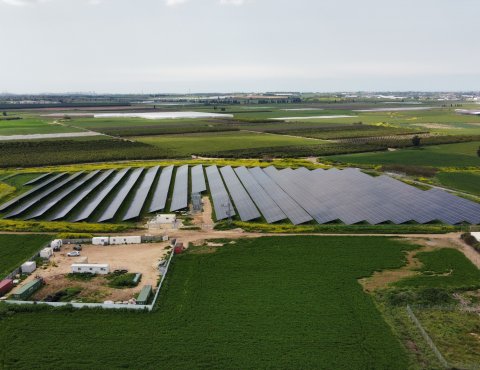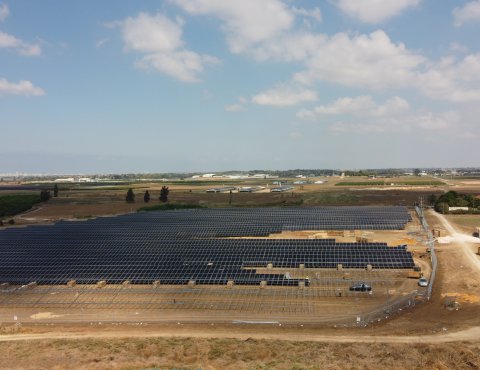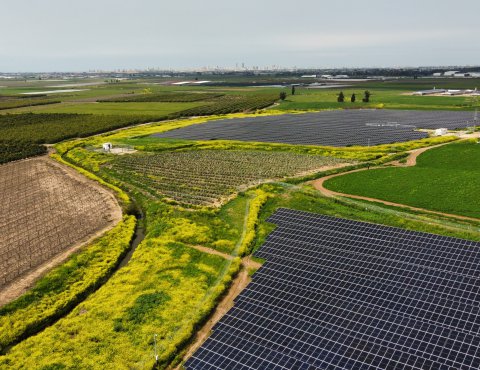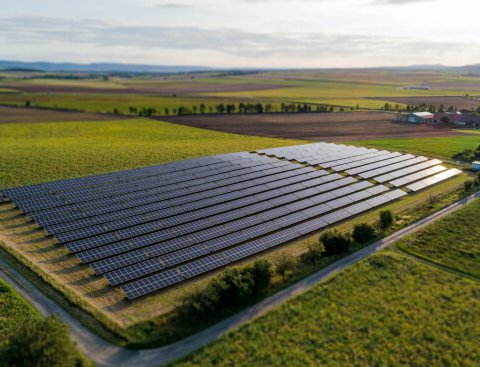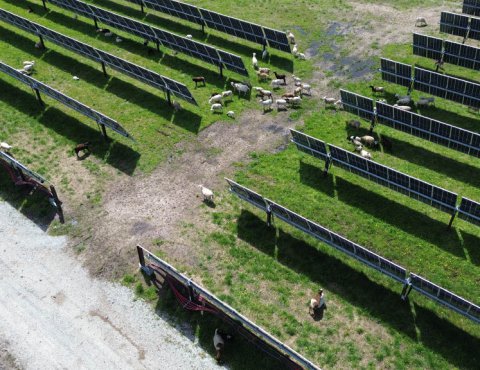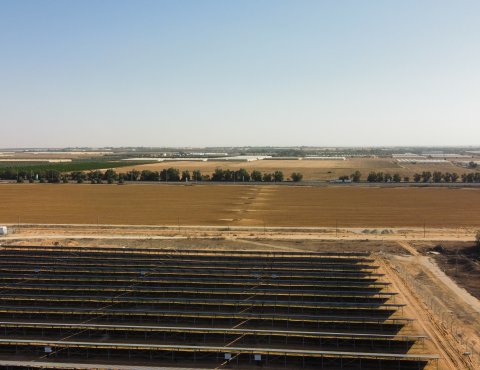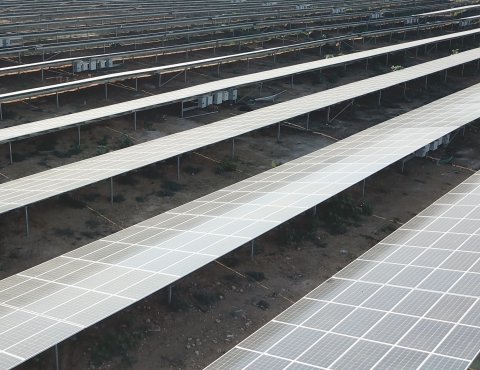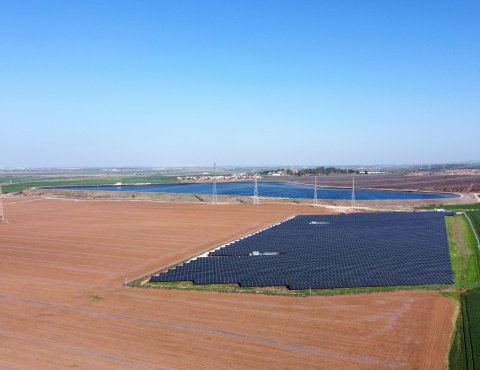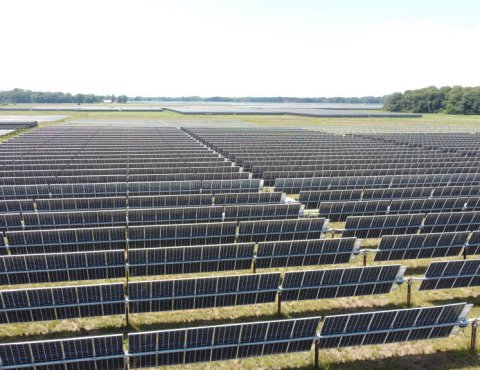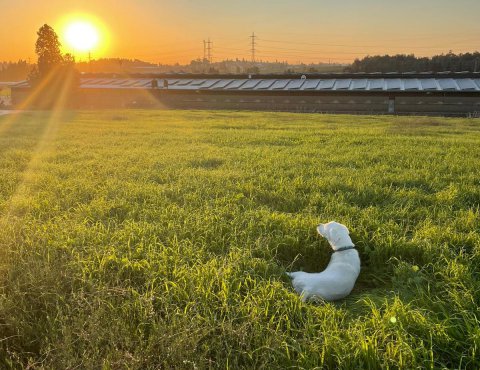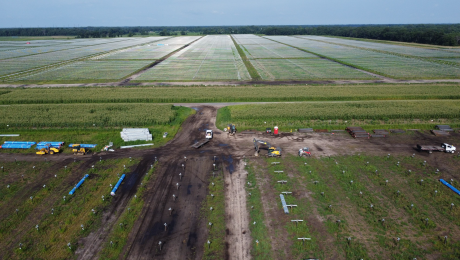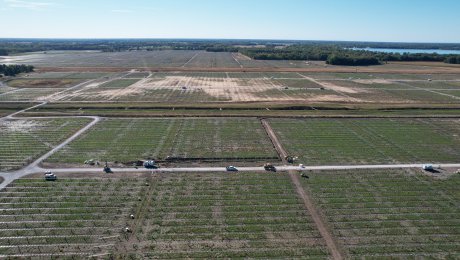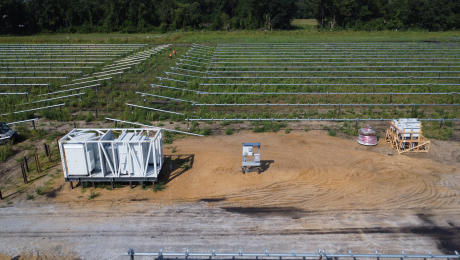DEVELOPMENT (3-6 YEARS)
Engaging with landowners to sign enough acreage to host the target project size.
- Submitting the project for study with the transmission grid operator to determine any
upgrades needed to reliably deliver electricity. - Completing environmental work, including wetland, cultural, and threatened & endangered
species studies. - Submitting the full project plans to local and state agencies for all necessary permits.
- Outreach to potential customers for the project energy, including utilities and corporate
purchasers. - Importantly, during the development stage, farming operations can continue without
interruption.
CONSTRUCTION (1-2 YEARS)
Several months before starting construction, landowners will be notified that the project has completed
all milestones and has a viable path to construction. A start date for construction will be announced. At
this point, no additional farming would be done on property designated for energy equipment. If
construction were required to start prior to harvesting, compensation for lost crops would be made. No
concrete foundations are required for the areas where panels are located, as the racking is driven
directly into the ground. Small foundations may be used for the inverters or storage equipment, and
would be required for the substation built for the project.
OPERATIONS (30 YEARS)
Doral is a long-term owner and intends to operate the facility for the life of the project. Solar
projects require limited maintenance, as there are few mechanical parts and no fuel deliveries.
During the winter the project will require snow-clearing in some regions and washing in drier
regions. Additionally, access roads and any vegetation will be maintained.
The vegetative management plan will determine which native plants should be planted underneath
or between the panels. The mixture will be coordinated with local agencies and will be selected for
their ability to support pollinators, provide habitat for species, and restore soil health.
DECOMMISSIONING (1 YEAR)
After the useful life of the project has ended, all panels, racking, and electric cables down to a few
feet will be removed. While the salvage value of the materials is expected to exceed the cost of
decommissioning, a security will be in place with the local jurisdictions to ensure funds are available
to complete removal.
At this point, the land can resume its prior use, and will be better off after generation of allowing the soil heath to improve.



